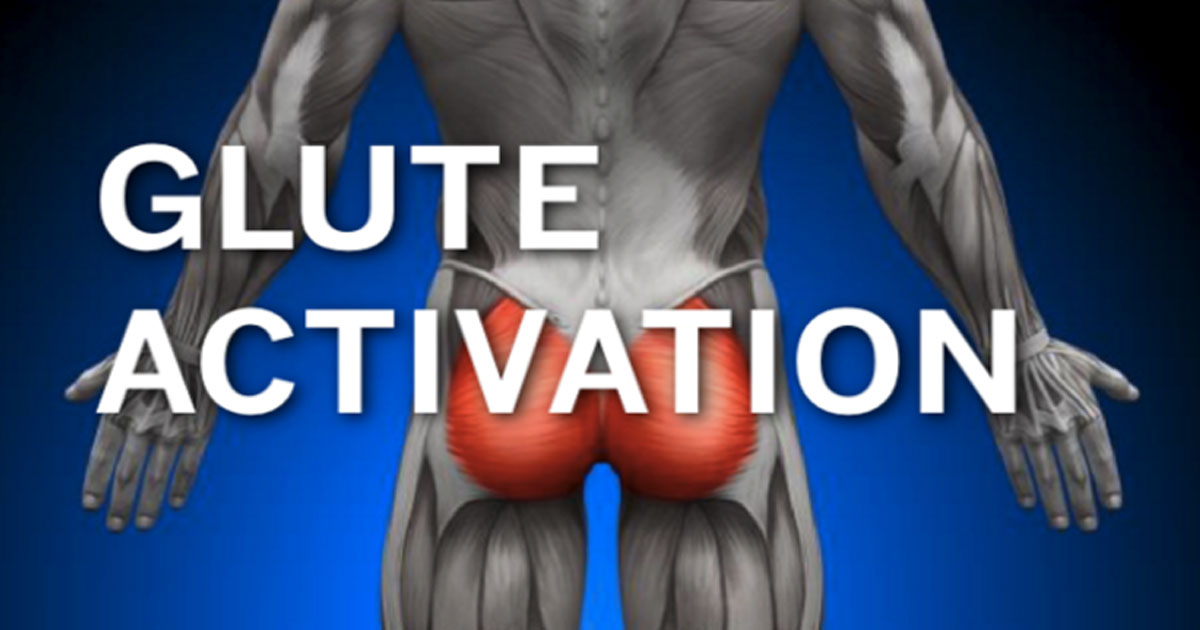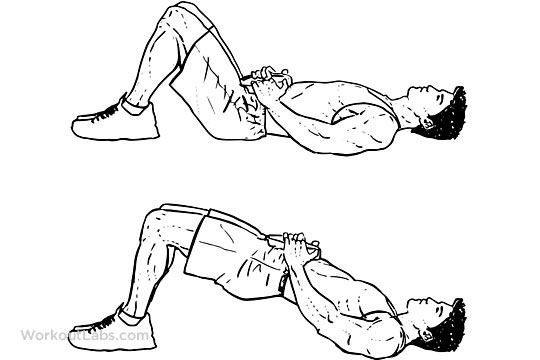
Your Glutes Are Not Firing!
Here at 4DHP, we are guilty of saying this to a lot of our patients, and most practitioners and coaches that we work with are too. What do we mean and how do you fix it?
“Your glutes don’t fire!”
“Your glutes are lazy!”
“Your glutes are weak and don’t work!”
“Your glute doesn’t switch on!”
Chances are, that if you’ve had a low back or lower limb injury, you’ve heard one of these phrases by your physio, chiro or trainer. While it may be a simple or lazy way of explaining exactly what is going wrong, it is still correct.
Do we mean that the muscle doesn’t work? Of course not, that’s obvious! If your muscle just didn’t work you wouldn’t be able to function, and I’d say you’d be on your way to the neurosurgeon as we speak!
What we are referring to, is the neuromuscular activation of the muscle and how efficiently this activation occurs!
From a physiological aspect, muscular contractions occur as a result of the firing of a biochemical, neurological impulse called an action potential. An action potential fires a signal down a nerve to illicit an excitation around a motor unit – which is an individual muscle and nerve bundle (Keynes 1991). Large skeletal muscles such as the gluteals are made up of thousands of these individual motor units that all should activate in sequence to produce a muscle contraction.
The magnitude of the contraction is controlled by 2 separate processes:
Muscle unit recruitment – this refers to how many of these individual motor units are required in order to produce a force. We would need a much higher recruitment rate to deadlift 100kgs than we would to lift a backpack off the ground.
Rate coding – this involves the rate at which neural impulses are conducted to the individual motor units ie. The rate at which action potentials are created and fired off! The faster these impulses are sent, the greater tension we can create within the muscle (Deschenes, 1989).
So how does this little science lesson help us understand what our practitioners and coaches mean when they say our glute isn’t firing properly?
When there is a dysfunction in a muscle group following injury, we will often see a decrease in rate coding, and an increase in the motor unit recruitment threshold – which relates to the Henneman’s size principle which states that smaller motor units are recruited before large ones. A decrease in the recruitment threshold means it takes longer for us to engage the big muscle fibers that act as prime movers for the glute (Henneman, 1985). We also take into account that the majority of us in this day and age sit for a large portion of the day. We literally deactivate and compress these large movers all day and then expect them to work efficiently in the 45 minutes that we decide to be active.
So, we now have a situation where these large gluteal muscles – which are designed to facilitate movement, act as a foundation for the spine, produce lower body force and control lower body kinematics – are chronically underactive, weak and have a slow firing rate!
No wonder your back hurts every time you squat! You’ve now developed gross muscular imbalances and any number of movement compensations to make up for the fact that your butt is weak! Obviously this isn’t the case for every person with back pain or a dodgy squat but from my experience in clinic and in performance, I believe that everyone should be actively targeting the glutes from both an activation and strength angle!

So how do we go about fixing a glute that isn’t ‘firing’?
Easy! Through staged levels of activation and a graded strength program!
Often, we have to regress patients or clients onto the ground to start with non-weight bearing exercises due to the fact that their lower back, or quads and hip flexors are now wired to engage to compensate for a glute weakness.
Isometric holds are often a great place to start to get full activation. Banded clams, 90/90 holds, fire hydrants etc. These allow for greater level of muscle recruitment as it puts your muscular endurance to the test.
Glute bridges – double leg, single leg, single leg holds, marches, weighted, elevated… there are so many variations of this exercise. Start slow, focus on movement and control!
Standing banded monster/crab walks – I’ve seen a thousand variations or technique on these. They are great exercises however it is very easy to let the low back take over here!
RDL’s, deadlifts, weighted hip thrusts, squats. Now we are into strengthening! It is important that by the time we are progressing through strength based exercises, we know what it feels like to have our glutes work as a prime mover. If you are waking up with DOMs in your quads, low back, hip flexors – basically everywhere except your glutes – then you probably aren’t using them efficiently. It is also important that you don’t load up on these exercises without first preparing the movement with some of the lighter exercises I mentioned above. Remember, trying to get your glutes to max out on squat after sitting at your desk for 8 hours is a quick way to overload your low back!
Speak to your practitioner, ask your coach, or get in contact with us here if you have any questions!
References:
1. Keynes, RD; Aidley, DJ (1991). Nerve and Muscle (2nd ed.). Cambridge: Cambridge University Press. ISBN 978-0-521-41042-7. LCCN 90015167. OCLC 25204483.
2. Deschenes, M. (1989). Short Review: Rate Coding Motor Unit Recruitment Patterns. The Journal of Strength & Conditioning Research, 3(2), 34-39.
3. Henneman, E. (1985). The size-principle: a deterministic output emerges from a set of probabilistic connections. Journal of experimental biology, 115(1), 105-112.